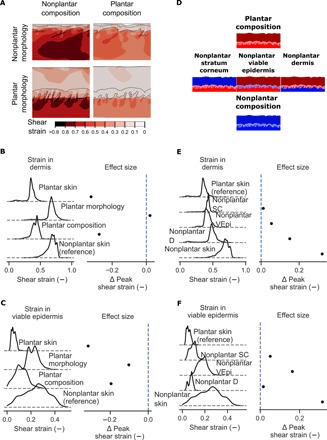Fig. 4. Plantar skin experiences less deformation than nonplantar skin under load.

(A) Shear strains in nonplantar skin (top left) and plantar skin (bottom right) under equal compressive and shear load, with models representing plantar morphology, but nonplantar composition and vice versa. Contour plots show the highest shear strains induced in the dermis of nonplantar skin. (B) Kernel density estimates of shear strains in the dermis and (C) viable epidermis with effect size relative to nonplantar skin. (D) Three knockout models were created from the original plantar model in which the material properties of the stratum corneum (left), viable epidermis (middle), or dermis (right) were reduced from plantar to nonplantar. (E) Kernel density estimates of shear strain in the dermis and (F) viable epidermis for each of the knockout models. Peak shear strains are statistically significantly different between all models in this analysis (P < 0.0001, two-sided Student’s t test) due to the very high number of sampling points (n = 5402 and 8845 for plantar and nonplantar models, respectively). Because the number of sampling points for these simulations is arbitrary, effect size is reported in this figure rather than statistical significance.
